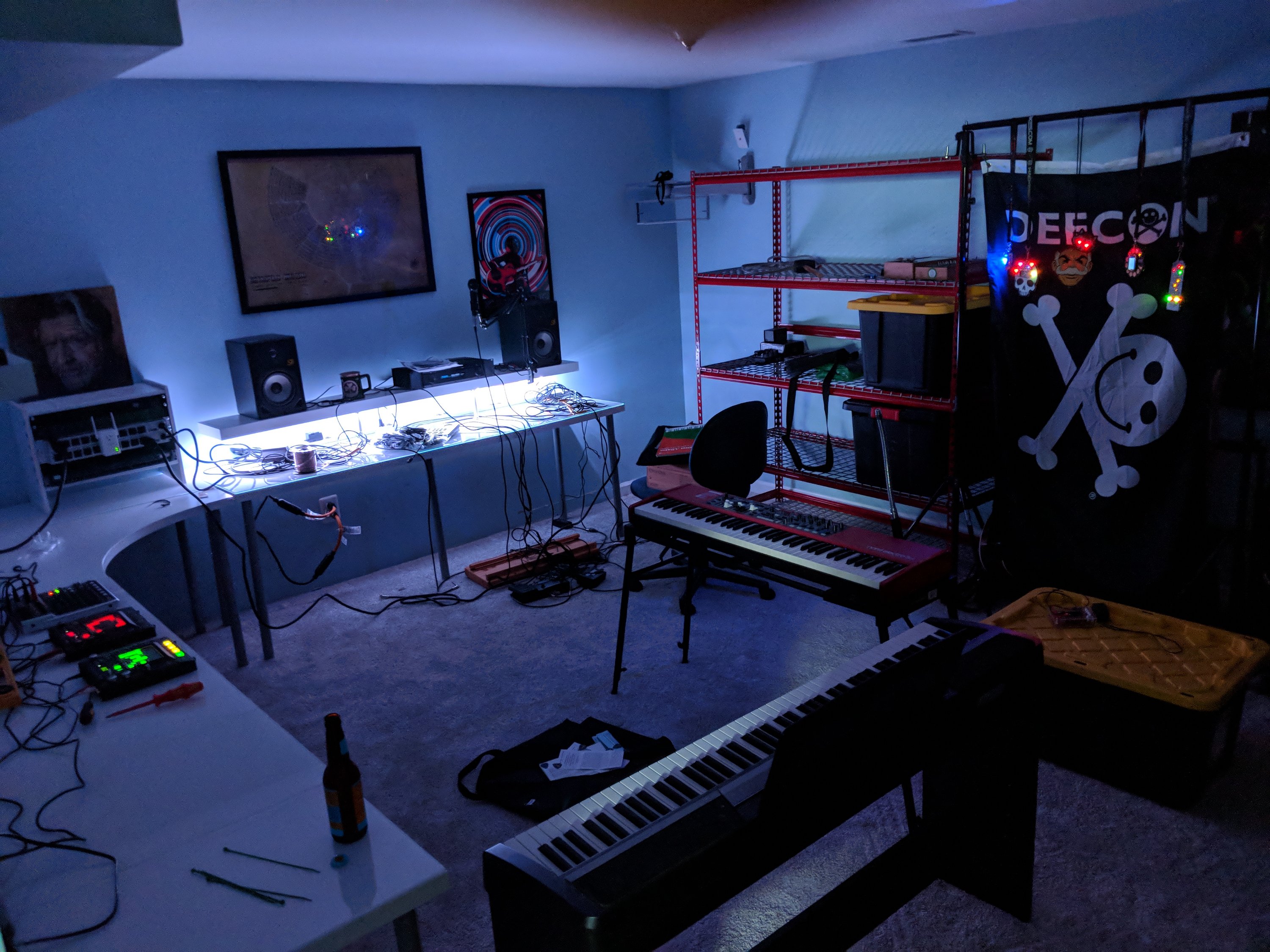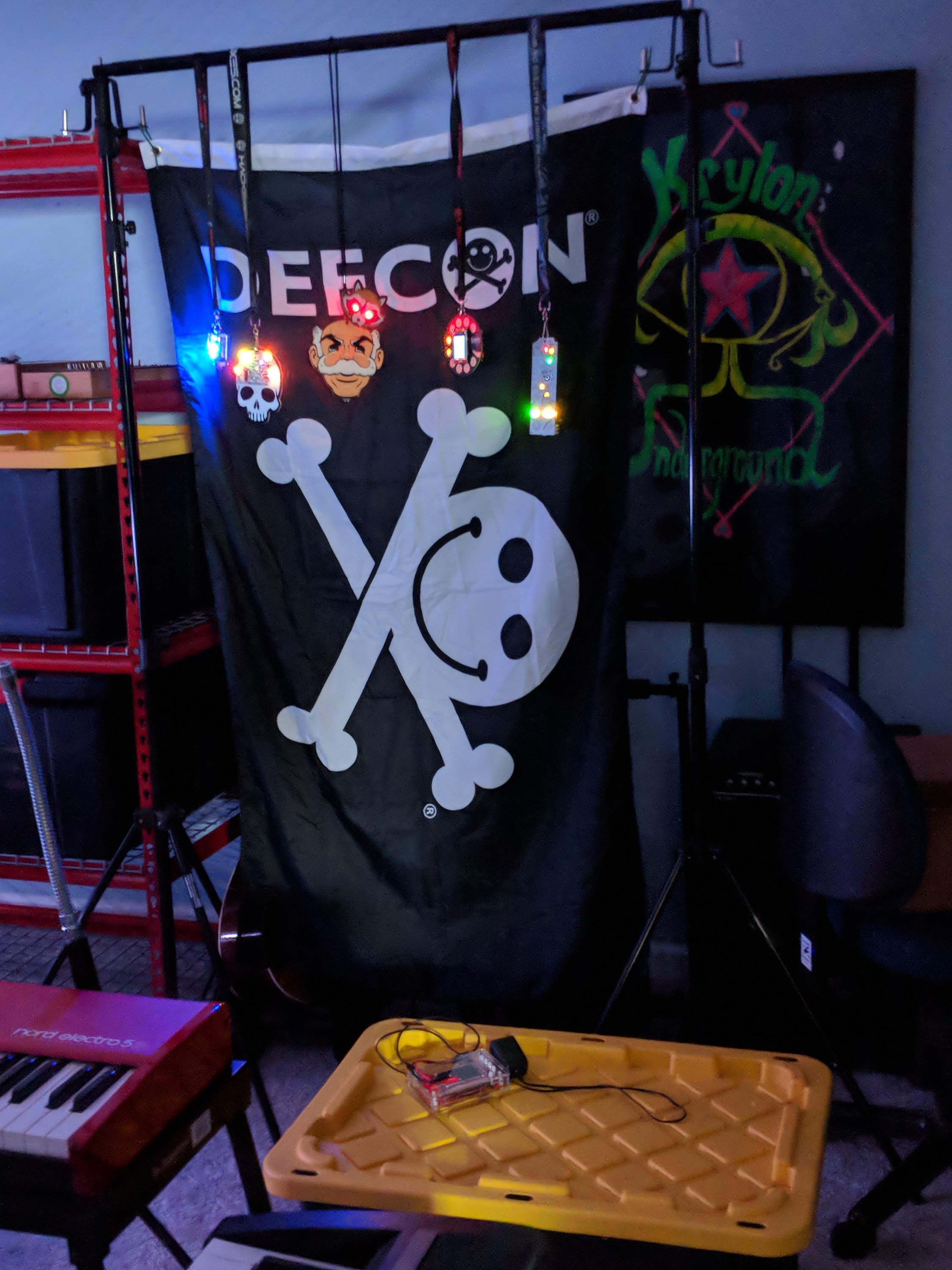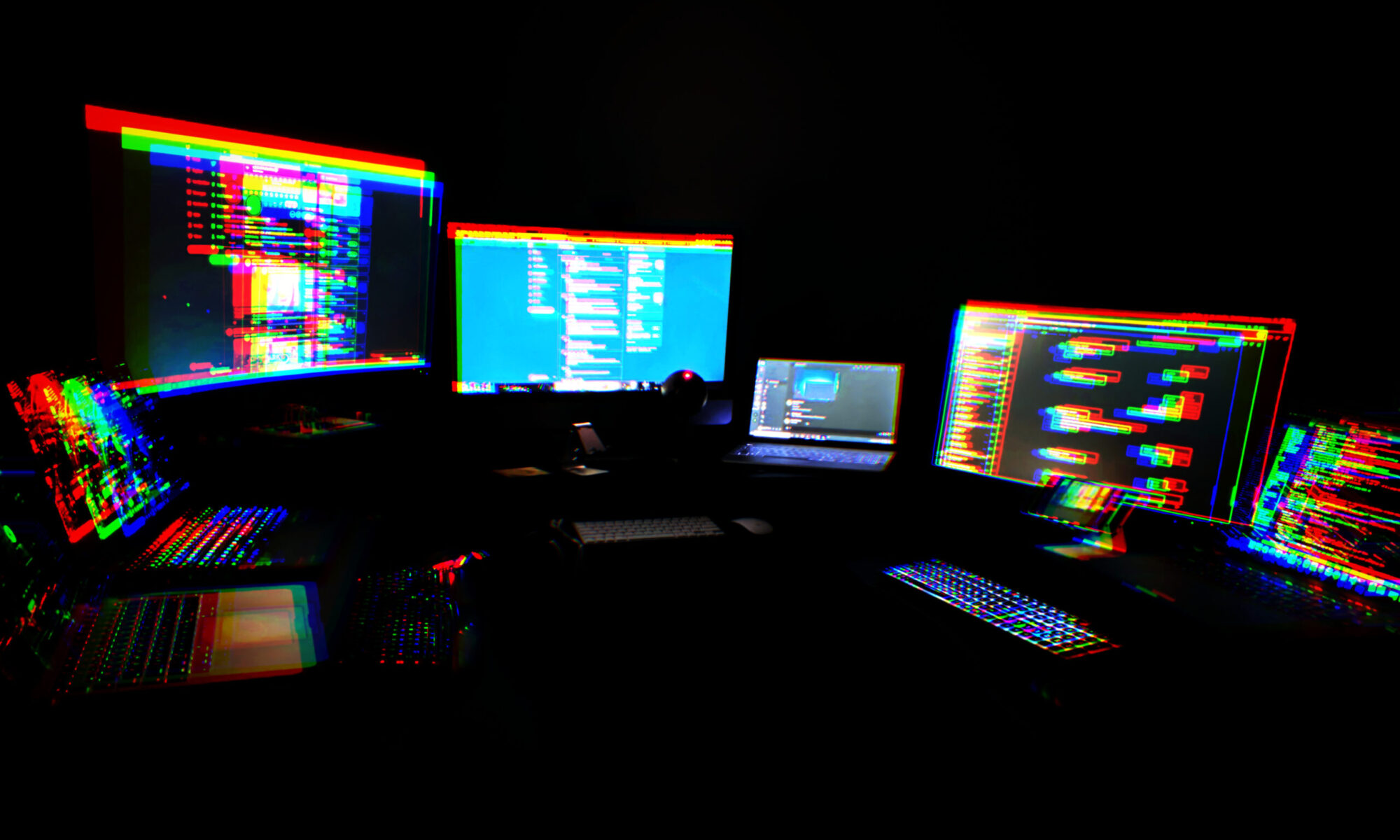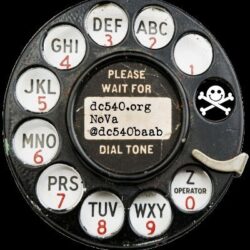Bring yourself and your interests. If you have DEFCON indie badges (#badgelife) bring them. If you have something you want to demo or learn about, bring it.
Defcon DC540 Fredericksburg Meeting
Bring yourself and your interests. If you have DEFCON indie badges (#badgelife) bring them. If you have something you want to demo or learn about, bring it.
Defcon DC540 Fredericksburg Meeting
Bring yourself and your interests. If you have DEFCON indie badges (#badgelife) bring them. If you have something you want to demo or learn about, bring it.
Defcon DC540 Fredericksburg Meeting
Bring yourself and your interests. If you have DEFCON indie badges (#badgelife) bring them. If you have something you want to demo or learn about, bring it.
Defcon DC540 Fredericksburg Meeting
Bring yourself and your interests. If you have DEFCON indie badges (#badgelife) bring them. If you have something you want to demo or learn about, bring it.
Defcon DC540 Fredericksburg VA Meeting #3
Bring yourself and your interests. If you have DEFCON indie badges (#badgelife) bring them. If you have something you want to demo or learn about, bring it.
Defcon DC540 Fredericksburg VA Meeting #2
Bring yourself and your interests. If you have DEFCON indie badges (#badgelife) bring them. If you have something you want to demo or learn about, bring it.
DEFCON DC540 Meeting #1
Bring yourself and your interests. If you have DEFCON indie badges (#badgelife) bring them. If you have something you want to demo or learn about, bring it.
Show us your nerdspace.


Hackerboxes #0028: Jam Box
The soldering for this one was a piece of cake. Everything was nicely padded and spaced. Big pads make soldering way easier than a tiny ring.
EXCEPT for the potentiometers. The strain-relief legs didn’t fit into the PCB holes, and Hackerboxes just suggested shaping them into a tube to make them fit, without any real guidelines on how to do that. Anyway…
I hadn’t yet installed the Arduino IDE on my primary Macbook. No issues there. Had to install the ESP32 board into the Board Manager. Then I had to install the VCP USB UART driver so that the serial port would show up in the Arduino IDE.
Then, BAM. My sketch uploaded and works.
Yes, I know I didn’t install the pots yet. I also didn’t install the DAC yet. Maybe tomorrow. I just wanted to light up the MAX7219 8x8s.

